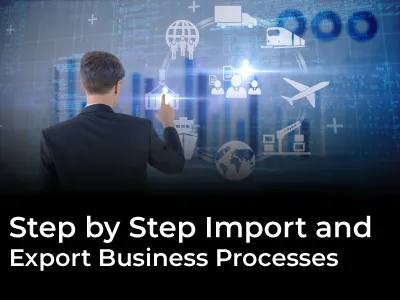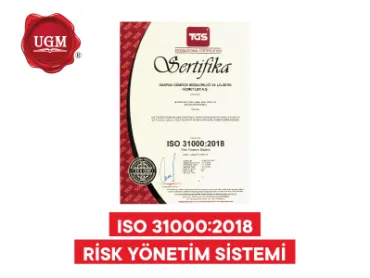
Considering today's global economy, it is inevitable for every country to form an import and export market. Whatever type of trade you do, the import and export sector is worth billions of dollars. Of course, some technological innovations brought by our age have also changed the size and function of trade. Thanks to the commercial ties established with overseas countries, the policies implemented by the countries have also been affected politically. What is import and export? When we ask, in the simplest form, you can buy clothes from Italy, olive oil from Spain, or automotive-related vehicles from Germany, etc., which can be defined as your delivery. Therefore, if you have determined which countries and sectors you can stand out in and gain popularity, you can start thinking about how you should start this business step by step.
Lay the foundations of the business you have determined
First, you must complete the essential procedures for your job. For example, you must follow the legal process and official functions in the country where your business is located, purchase a domain name, or obtain business licenses that you legally have. Then, you have to create a specific business plan and act accordingly. But first of all, the most essential point is capital. Because start-up costs can vary greatly depending on the type of import/export you will start with. However, you must complete many processes, from legal label requirements to getting insurance, and research any problems you may encounter when doing business with other countries. For this, you can explore sources such as the GlobalEDGE Market Potential Index or by visiting the authorities and websites of local government agencies. You can also discuss your questions with the experienced customs consultants of UNSPED, one of the leading companies in the customs and logistics sector.
Identify your market
It would help if you determined which sector you will import or export and which market is suitable for it. Then, you should thoroughly research the dynamics of this market. Market research is very comprehensive, so it's good to go step-by-step. These steps are;
- Deciding what the product you will sell will be
- Determining which country or countries you will import or export to.
- Determine who will be your trading partners.
- Choosing your target market. (Mass market or government and business markets?)
Your trading partners can be a manufacturing company representative, wholesale distributor, or retailer you deal with on any side of the import or export process. Therefore, these people will be the people you will do business with. For this reason, you must do in-depth research to ensure that the products you want to import or export are aimed at your target market.
Find a Supplier
You need to provide the logistics of entering your potential supplier to the Turkish market or another market where you want to sell or take the products from their local warehouses to the other end of the world. Therefore, when you contact a wholesaler or manufacturer representative, you are deemed to have found a potential supplier for your product.
Decide on your customers
Create a customer portfolio suitable for the type of trade you will do. Whether you are importing or exporting, creating a customer perception and developing a strategy that fits this perception is essential. First of all, you need to determine who your customers are or have an idea about your target market. But the most critical part of the job is to get in touch with them and persuade them to work with you. You usually need to find distributors and customers in the relevant location. If you have a website using digital marketing campaigns, your customers can find you, too.
Let's look at it in this context as a company. UNSPED acts with all its business partners and stakeholders and always aims to establish relations within the policy of mutual balance. Thus, it professionally manages result-oriented processes. If you want to learn how to progress in the sector you wish to enter, you can dominate and confidently manage all procurement processes with UGM.
 Back
Back







